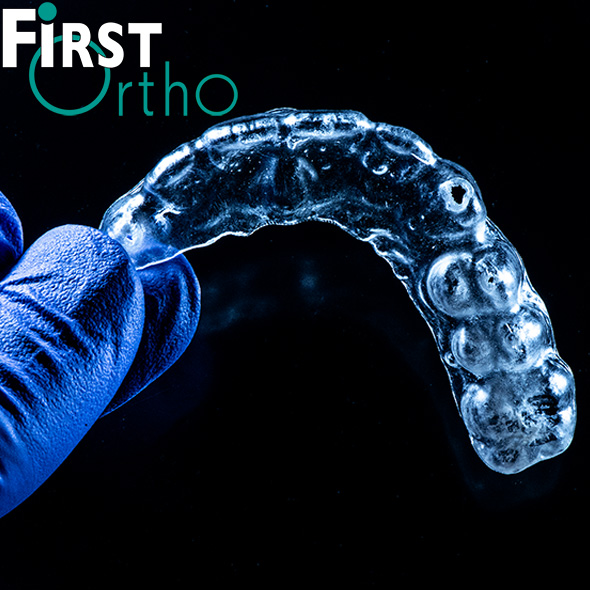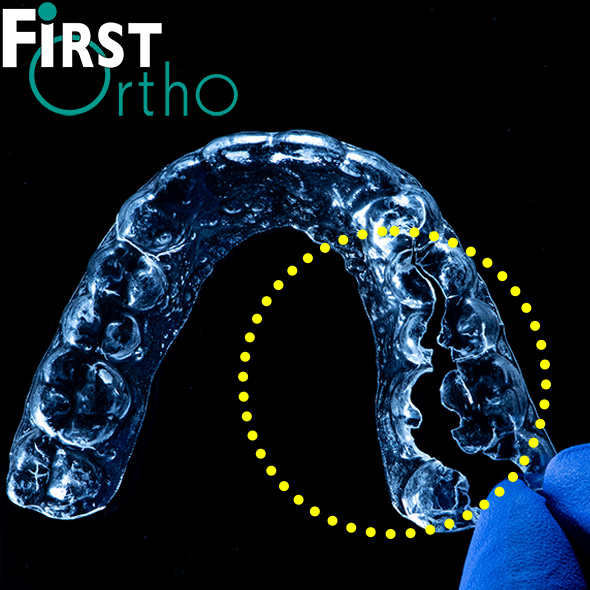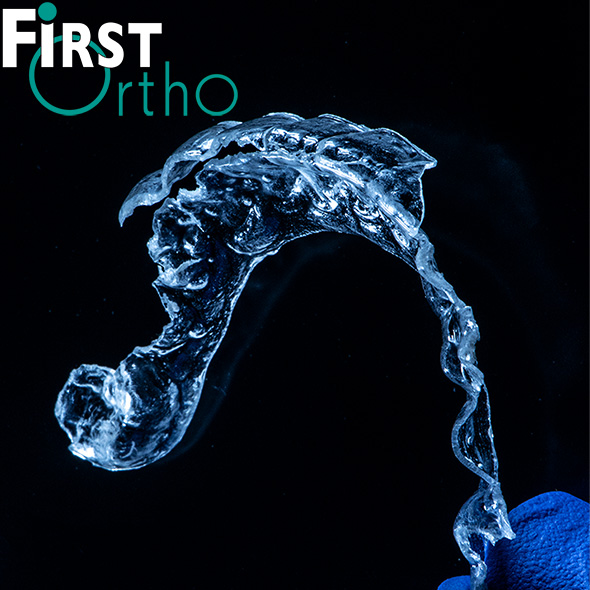TMJ Disorders
TMJ Disorders, TMJ dysfunction and TMJ parafunction are different medical terms used to describe a temporomandibular joint with an abnormal function.

What is a TMJ Disorder?
‘TMJ’, short for Temporo-Mandibular-Joint which is the name of the jaw joint. Night teeth grinding is common and most of us will do it in our deep REM sleep. However, when it is excessive, it is called ‘bruxism’ and causes certain signs of abnormality. Grinding in our deep sleep has been shown to exert 14 times more force than with conscious effort. This is highly significant and can cause a number of signs and symptoms:
- Removable retainers getting crushed and split.
- Bonded retainer resin flaking – sometimes even when plastic retainers are worn.
- Rapid tooth wear.
- Jaw deviation on opening.
- Joint clicking or popping.
- Limited jaw opening, below 25mm.
- Muscle aches in the jaw, temples, neck, shoulders, and back, impacting sleep and comfort.
- Jaw locking.
- Headaches.
- Gum recession and increased tooth mobility, not just regular gum issues.
- ‘Crack tooth’ syndrome.
- Abfraction cavities near the gums due to teeth flexing from grinding.
Section 1: Excessive Wear and Tear of Plastic Retainers
Keep Your Retainers in Check!
Have you noticed your retainers wearing out too fast? It could be a sign of TMJ parafunction. Orthodontists often spot this when retainers show significant wear and tear, even if they’re only used a few nights a week. Just look at these examples of retainers worn for a year – they really tell a story! To tackle this, we dive deep, checking out how fast your teeth are wearing down, peeking at your gum health, checking for wobbly teeth, and giving your jaw joints a once-over.
Your teeth are champs, designed to last with just minimal wear. We might think chowing down on food is tough on them, but in reality, our daily munching for less than 20 minutes barely makes an impact. The true challenge comes with bruxism – that’s when teeth and gums face the pressure test. Without our brain keeping tabs during sleep, our teeth can face up to 14 times the pressure they do when we’re awake. No wonder they can show some battle scars over time!
It’s all about keeping an eye on those retainers and getting the right advice to protect your smile.
Section 2: Excessive Teeth Wear
Understanding Bruxism and Your Teeth
Your teeth are built to last a lifetime with minimal wear. Typical daily eating habits do not contribute to significant wear or damage. This is because our teeth only make contact for less than 20 minutes a day with relatively gentle forces during normal chewing. However, for those dealing with bruxism, the scenario is quite different. At night, without the brain’s usual feedback mechanism to alert us to excessive pressure, individuals with bruxism can exert up to 14 times more pressure on their teeth compared to when they’re awake. This substantial pressure can lead to considerable damage over time.
Moderate Incisor Wear in a Young Patient

Severe Advanced Wear Treatment
Smile Makeover with Bonding
When teeth show signs of serious wear, a swift and effective solution is composite bonding. This one-step procedure works wonders to rebuild lost tooth structure and even boosts facial height. To keep that new smile safe, the use of a well designed sleep clench inhibitor is essential.


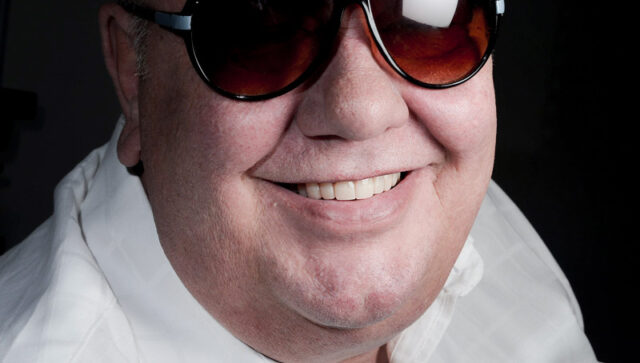
Section 3: Jaw Clicking, Locking, deviation & Displaced Joint Disks
How the Joints Work Normally and in Parafunction
Navigating Jaw Clicks and Locks
Ever wondered why your jaw clicks? Overzealous muscles during deep sleep clenching sessions can pull the joint disc out of place. When the disc in the jaw joint is out of position and the joint trips over the edge when opening or closing. It is a bit like tripping over a fold on a rug. And when you close your jaw, your jaw might just ‘click’ as it tries to get back on track. There is normally a ‘deviation’ of the jaw as nature tries to rest the joint – which unfortunately is not possible without assistance. Think of deviation as a limp of the jaw – similar to a sprained ankle when we walk with a limp.
In some cases, the jaw might struggle to get past the disc, which can limit how wide you can open your mouth. If the joint can’t get past the disc at all when closing, it might just decide to lock up entirely, leaving your jaw stuck open!
Remember, a clicking or locked jaw is a sign to take a pause and seek advice. Keep those joints in smooth motion!
Section 4: How we manage TMJ Dysfunction
Real Smiles, Real Relief at FIRST Ortho
“So delighted with the results from my treatment with FIRST Ortho. I no longer suffer with headaches due to the treatment I received. Would recommend the team 100%” – Mandy
“This treatment changed my world,” says Dr. …
At FIRST Ortho, our tailored approach aims for big results, reducing jaw muscle activity by an average of 85%. That’s a lot of relaxation for those hard-working muscles, giving wayward discs a chance to slip back into place. With multiple opinions on bruxism and TMJ dysfunction, we navigate towards management, while not stopping grinding completely, effectively keep it in check.
In the early stages, a click in the jaw might pop up when a disc takes an unscheduled detour. It’s like your joint hitting a little speed bump on the road. To help things along, take it easy with limited jaw gymnastics (think small yawns) and stick to a soft-food diet for a bit of TLC.
If you are spotting signs of TMJ disorder, a bite guard is a wise choice. BUT it needs to be the right type. At FIRST Ortho, you have two top-notch options:
- The thin, sleek vacuum-formed retainer for mild signs and symptoms.
- The SCI (Sleep Clench Inhibitor) for more feisty symptoms like clicks, a stuck jaw, or heavy wear. Clinically proven and FDA-approved.
Choose your armour and protect your smile with FIRST Ortho!
The SCI has 3 Key Components

See For Yourself!
The Pencil Test
Did you know wearing an SCI can slash muscle pressure by a whopping 85%?
Here’s a cool trick to try: Place a pencil between your back teeth (molars or canines) and press. Now, touch your temple and feel the muscle pop! Then, move the pencil to your front teeth (incisors) and press again. Touch the temple—notice that the muscle relax a bit? That’s what an SCI does; it helps those temple muscles take a breather!
So, keep your jaw muscles relaxed and give an SCI a go!
Section 5: TMJ & Headaches
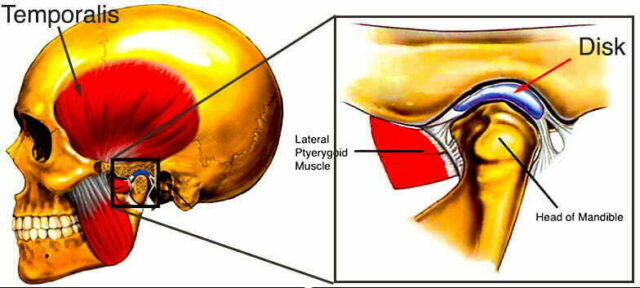
Let’s chat about our jaw muscles and that brainy nerve.
So, there is an important nerve called the trigeminal or fifth cranial nerve that controls the 28 jaw muscles or so in balance. But if even one muscle throws a tantrum, it’s like a domino effect—others start acting up, leading to a jaw dysfunction.
This nerve network is so complex it can be the troublemaker behind various headaches, jaw aches, and the pain that pretends to be a migraine. Note: true migraine is a medical condition and requires more expert care with your doctor or neurologists.
Presentations can be complex with other parameters involved and may require additional treatment to work in conjunction. We do not do botox treatment, nerve blocks or any medication. If we feel this is to be considered we will advise you accordingly, refer as appropriate and work with them if necessary to help you.
Section 6: TMJ consultation visit
Finding about about TMJ dysfunction is like a detective investigation. We dive deep by talking about the history of your issues and examin of the head and neck muscles which control the jaws. There are usually a lot of clues here without the need for complex x-rays at this stage.
Our goal? Find out and explain in simple terms whats going on. This helps a lot as there are more ‘expert opinions’ then ‘experts’. We have seen people come after number visits to physiotherapy, osteopaths, neurologists, orals surgeons, acupuncturists, doctors, dentists etc.. The only thing which has helped my clients is what I learned from Barry Glassman over last 12 years. He used to run an exclusive head and pain clinic and is a highly experienced and knowledgable dentist. We do not do botox, nerve blocks, hydrocortisone injects into the joint or advise on surgical intervention without going through the basics. We have had significant success with the Glassman approach without adding complexity.
Contact us for a consultation and you will probably walk away knowing there is a logical approach and a probable solution that makes sense.
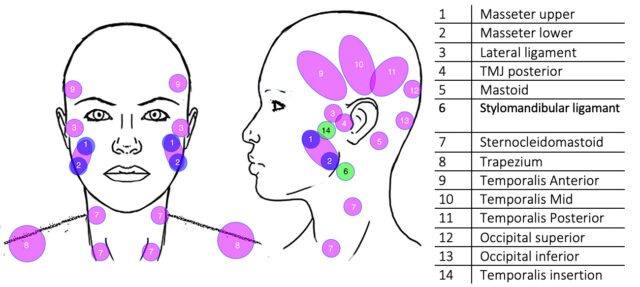
Grinding of the Teeth Produces Huge Pressures
When we hit deep sleep and wander into dreamland, our teeth are sometimes up to a workout of their own—grinding away with some serious gym-level pressure!
Funny thing, we don’t even know they’re pumping iron unless our jaw starts clicking or aching the next day. And if you’ve ever tried grinding your teeth while awake, it’s pretty tough and close to impossible for most of us!
Here’s a jaw-dropping fact: The force of teeth grinding in REM sleep can be 14 times stronger than during the day. That’s like comparing music on a mobile to a live rock concert! These mega-pressures can shake up the joint’s architecture, leading to issues that are more difficult to fix later.
That’s why at FIRST Ortho, we say ‘the earlier, the better’ when it comes to managing this nightly workout. Plus, we’ve seen first hand how it wears down teeth—it’s not a pretty sight.
So, let’s keep those pearly whites in shape and your sleep as peaceful as a quiet night’s sky!

